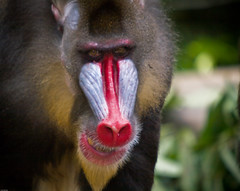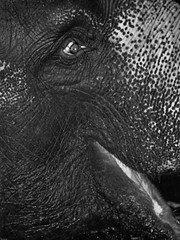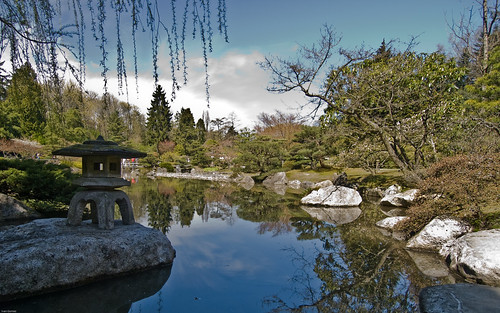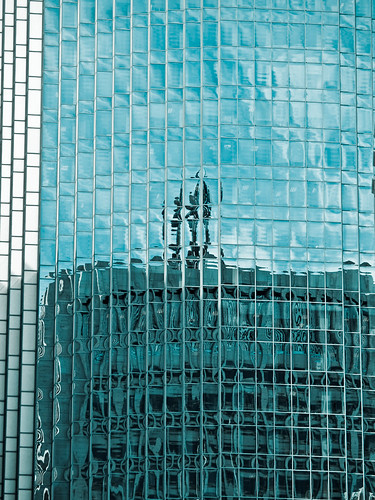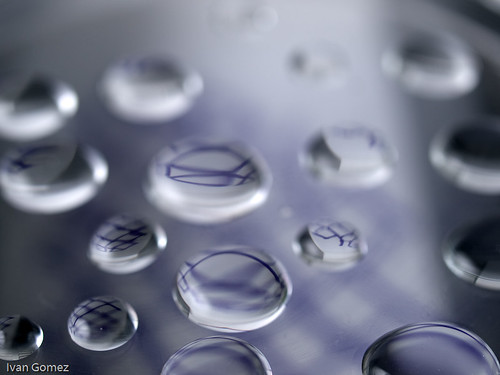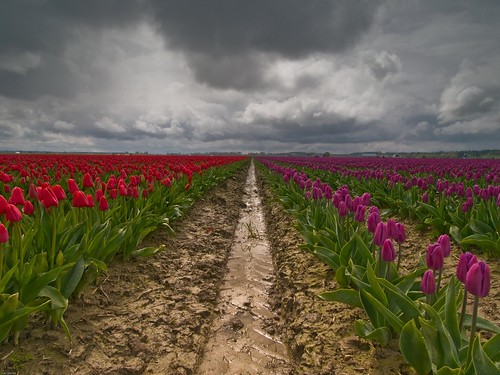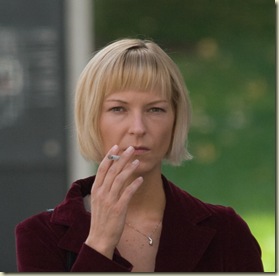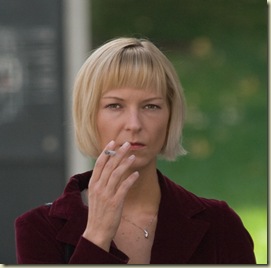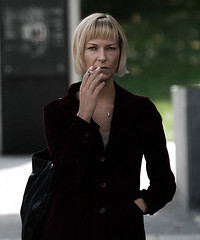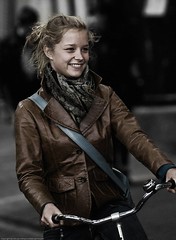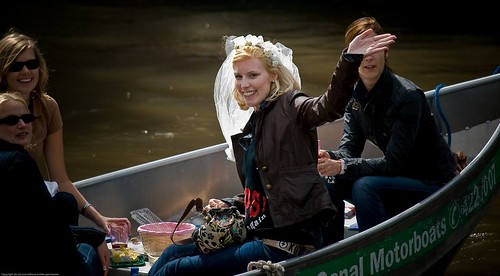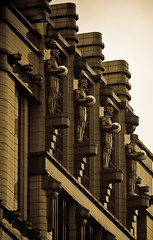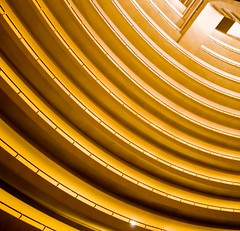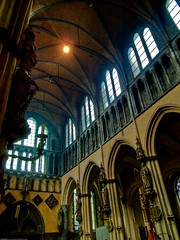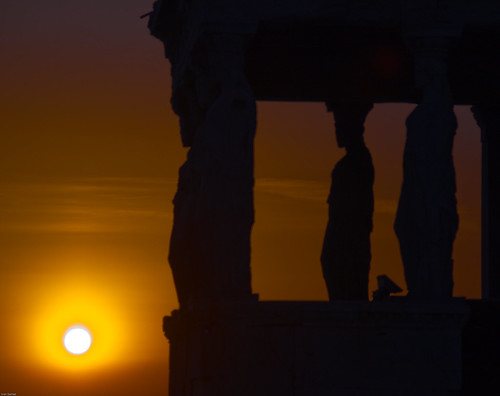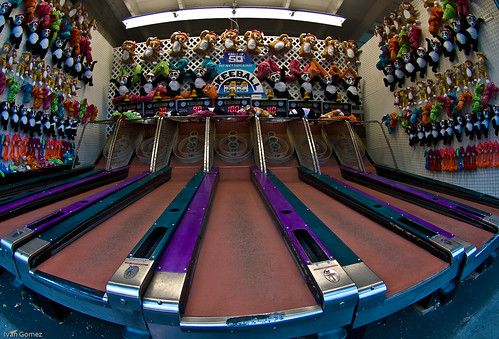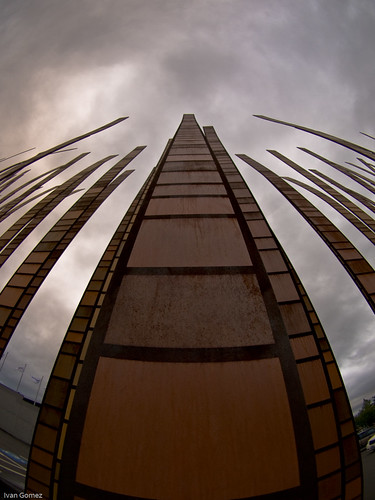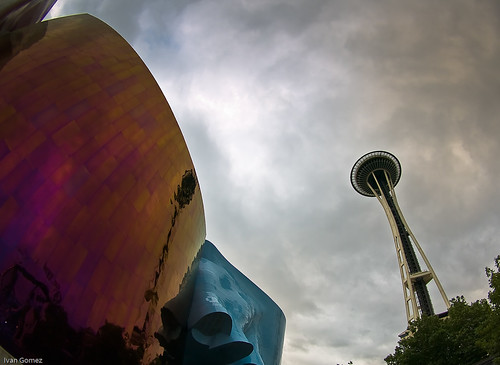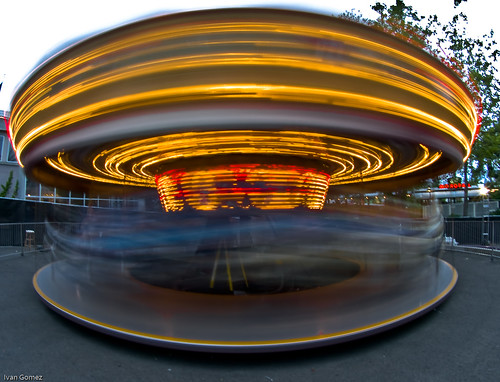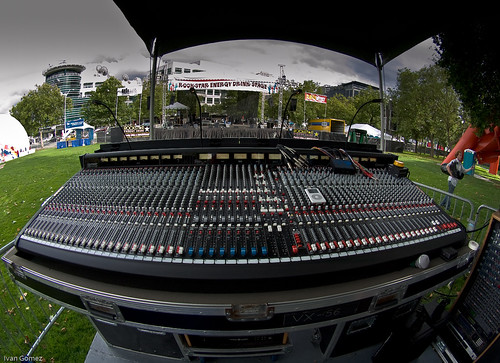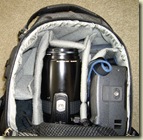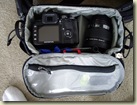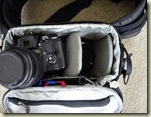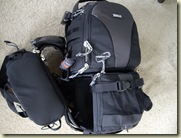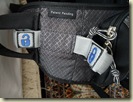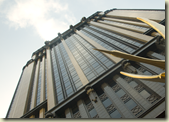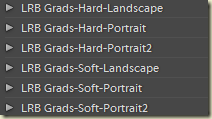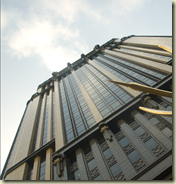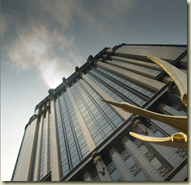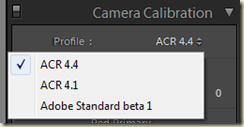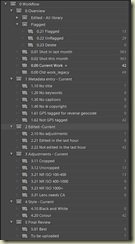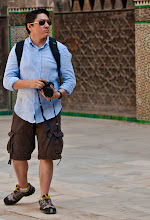Macro Photography
Fruit and Veg
With a vast array of wonderful colors available, fruit and veg can make a great macro subject. Arrange to create attractive graphical shapes and experiment with over and underexposed images
Know your settings
The quality of your close up photography will only be as good as your technical capabilities, so mastering these skills should be top priority. For more amateur shooters get acquainted with your cameras macro mode.
Avoid cliches
Use tour imagination and take note only the obvious shot but a range of images that show your subject in a new light. Changing your angle is the quickest way to avoid an unimaginative shot
World in focus
The defining characteristic of a successful macro shot is razor sharp focus. A handy trick recommended by professionals is to try and compose your shot so that the camera boy is parallel to the length of the subject, This ensures all areas are of equal distance to the lens.
Color
If you want to achieve a level of deep saturation of the colors, use front lighting if you would like to bring out the texture of your subject, side lighting is the way to go
In a flash
Be careful when using flash for macro work. Most on board flash systems are too harsh for close up photography and you will bleach out your subject or cause glare. However when used carefully flash will enable you yo use a smaller aperture for greater depth of field and create shots with greater clarity.
Light and color
its easy to get carried away wit ha subjects form when looking for a close up opportunity and forget about light and color as compositional tools. You can find beautiful tones in the most unlikely of places
Fill the frame
When shooting macro you will need to decide upon the technique that will enable your subject to fill the frame adequately. Choose the right lens, zoom, wide angle, or macro. then think about composition
Some simple rules
Sharp focus is a mist. Shoot from the different angles to get more unique images. Think about color, composition and lighting always
Dont rely on autofocusing, always try manual focusing. If you have Live View capabilities, its perfect here for macro work
It is vital to get lighting exact when photographing in macro. If you want to avoid using a flash and are instead going to stick to ambient light sources, the opt for natural lighting first. This will involve the least amount of fuss. Its possible to setup a simple studio environment using your artificial lighting sources around the hime, but you need to avoid using harsh light lamps that are difficult to angle in order to avoid unsightly shadows. One false move may result in an image needing hefty image editing post capture.
Using your camera flash is a no-no
More tips
Lenses
Its worth looking into purchasing a macro lens, if you own a DSLR.
Steady shots
If you are capturing macro images you will need to make sure that a sturdy tripod supports your camera. A minitripod might be a good idea that you can put on top of your table as a regular size tripod will push your camera away from the object
Exposure tricks
In order to achieve great exposure its a good trick to bracket your shots, Make sure that you take note of which image looks good and what setting you used
Focus
When using creative DOF take a good look at your subject. Pick an area that you want to highlight and concentrate your focus to this point If you are using a large aperture this will throw the rest out of focus
Macro Subjects
Everybody photographs flowers when trying out macro photography. A rose may look beautiful up close but so can everyday objects Be different and try to snap up ordinary in terms in a creative way
Lighting
Bring conditions will cast heavy shadows on your subject. Get rid of this by diffusing the light with tracing paper or a Last olite diffuser. If shooting outdoors you will get the best effects when its overcast
Composition
Try and be creative with your shooting angles. It will give you more scope for a macro shots with punch. If you can place your objects on a glass surface, you can capture your shot from underneath
Out of the ordinary
Concentrate on making your object look out of the ordinary. If you can take a common subject and capture it making your audience look twice, then you know you have succeeded
Lens shift
Don't get addicted to using the same lens and the same setup. Change your setup now and see if you can capture the same object with a different effect
Experiment
Some of the best images come from experimentation. You might want to tweak your composition, exposure and lighting to capture a shot with a macro pizzazz
The kitchen is a good place to start, as there is so much scope for interesting textures and shapes. Take a look at the latest supermarket advertising campaigns or sit in a high street coffee bar and you will see that is very fashionable to capture close ups of food and in your home. The key to creating a great macros till life is to keep your shots simple. Try out macro effects on unusual objects such as cross sections of fruit or cutlery/ Don’t try and capture elaborate images, as you will detract the attention away from your subject. Remember its important to keep background as clean cut and fuss free as possible, by using a white cloth or piece of card in the background. You will then be able to clean up your shots easily in your image editing software program.
